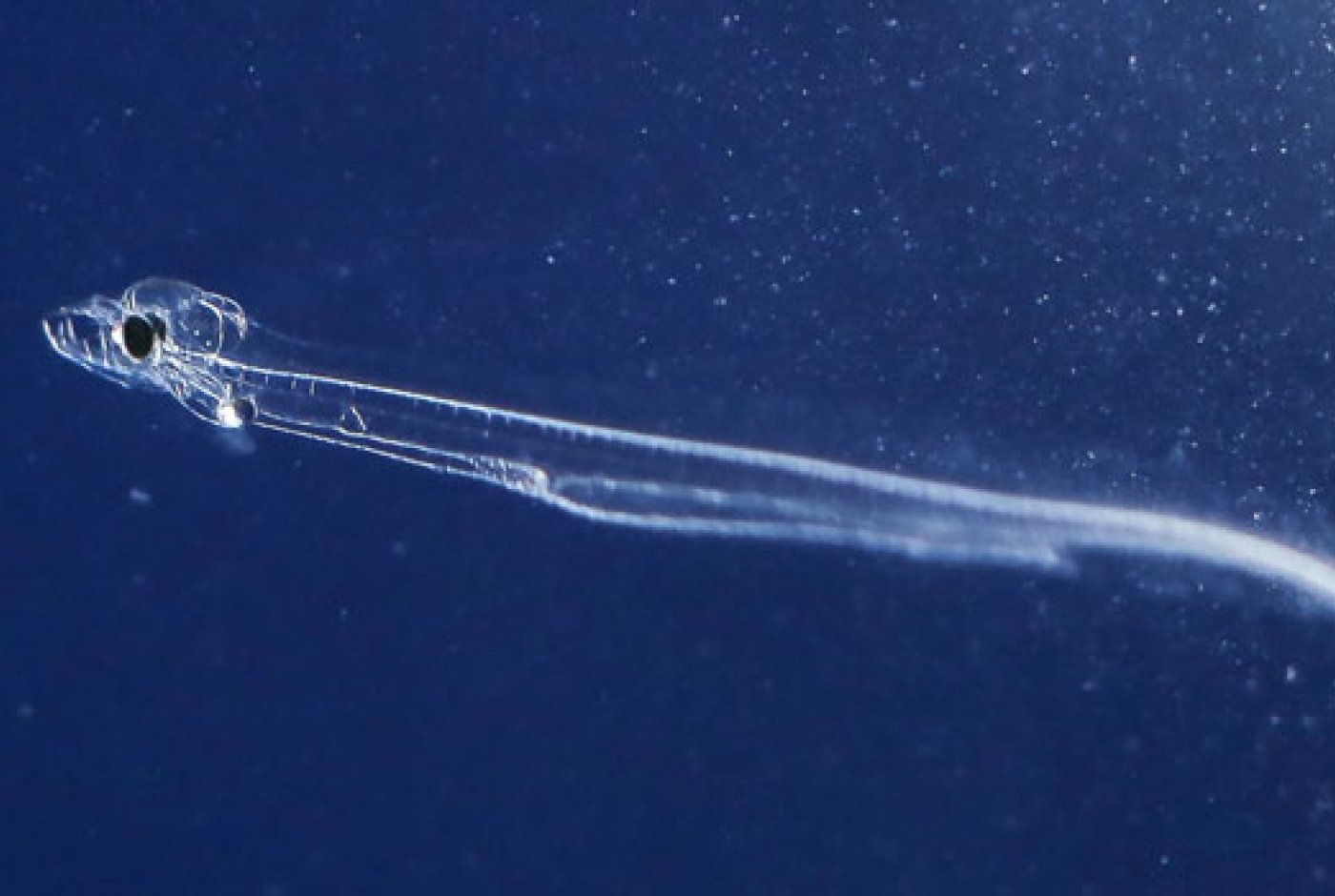
The eel: A smooth mystery
The nature of the eel, and not least its reproductive abilities, have occupied both Aristotle and Freud. Since Johannes Schmidt, after more than twenty years of searching, discovered the eel's breeding ground in the Sargasso Sea in 1913, we have not become much wiser about the mythical being.
Unlike other fish, the eel can survive on land and it undergoes several transformations before eventually risking its days as the main attraction at a lunch table. First it is a larva, then it is a glass eel, then it is a yellow eel, then a blank eel to eventually become spawning eel and return to its place of origin. At least we think so, but it is not well documented.
Why have we never found a single adult eel in the Sargasso Sea? What makes the eel travel more than 6,000 kilometers to get back to its source and breed new small eel larvae? And how does it get there?
It is guaranteed that these three questions will not be answered in this Science Stories podcast. But you can hear about a pioneering Danish breeding project —a kind of eel fertility clinic created in collaboration between industry and DTU Aqua, led by senior researcher Jonna Tomkiewicz (in Danish).
Follow Science Stories on: Spotify, Google Podcasts, Twitter, Facebook, and Instagram.
Related information in English: